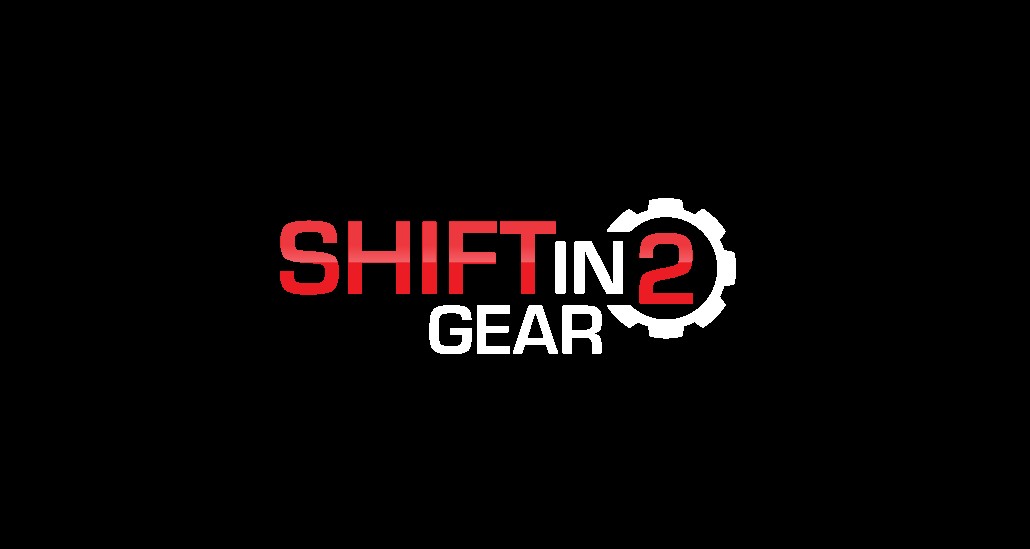A transmission to a vehicle is extremely vital. If you don't have a healthy, well maintained transmission you will have a hard time putting the power your vehicle generates to the pavement and get moving. So for most customers the question is always, "What do I do to maintain my transmission?!" Well the answer is very simple. Its actually as simple as two steps.
1. Check the owners manual. The reason we say this is because not all vehicles are required to maintain the transmission and its fluids. They are built/filled to last the lifetime of the vehicle. They have very few if not any contamination opportunities and they come pre filled with all the fluid the car will need for the course of the vehicles life., Unless it generates a loss of fluid. (In that case just call us!) You will find also what kind of fluid it takes, ATF or ATF+4 Etc. The manual can also provide information and tips that could potentially save you same change and headache.
2. Determine What service to preform. There are two common fluid services to preform on a transmission. A Fluid Change & A Fluid Flush. One is more effective than the other and one also takes a lot longer. Now regardless of which one you preform you need to make sure you change out the transmission filter. Most common vehicles will have the filter inside the transmission itself and is accessible when the transmission pan is dropped. A fluid change is basically dropping the pan and allowing the fluid to drain via natural gravity. HOWEVER this only changes up to 47% of the fluid due to the fact that the rest of the fluid is in lines and also in the torque converter in the transmission.
A fluid flush is when all the fluid is completely taken out and replaced but the process is not that literal. Most Automotive Shoppes have a suction pump machine that pumps the fluid right out and replaces it with all new fluid. But if you are a DIYS kind of person (our favorite customer) all you need to do is get your self two containers with a capacity of at least a gallon (two milk jugs) will do the trick. Identify where your vehicles transmission lines are located (usually two, a feed and a return) disconnect them and make sure to have a drip pan ready. You might need to run to the automotive store (advance or advance) and grab 2 sections of hoses, about 5 feet long a piece, one size larger than the diameter of the lines on the vehicle and clamp them to the ends of those lines. Make sure to label each one properly Feed & Return (if you don't know which is which don't sweat it you will find out when the return line starts puking up the fluid hence milk jug time) you want to place the return line in the empty container and the feed line in a fresh 5 QT jug of the proper transmission fluid. At this point you should have a buddy sitting in the vehicle cycling through the gears with the car on and the foot on the brake. When you are running low on fresh transmission fluid, turn off the vehicle swap out the containers and continue the process. Once you have cycled 8 to 13 QT's of fluid you have successfully flushed the system! Before you call it quits Make sure to leave the car on idle and check the fluid consistently add as needed. once you reach your specified fluid level you are done!
Preforming this simple yet impactful service can maintain your vehicle running and driving great!
Please Note: This topic only refers to AUTOMATIC TRANSMISSIONS. NOT MANUALS
